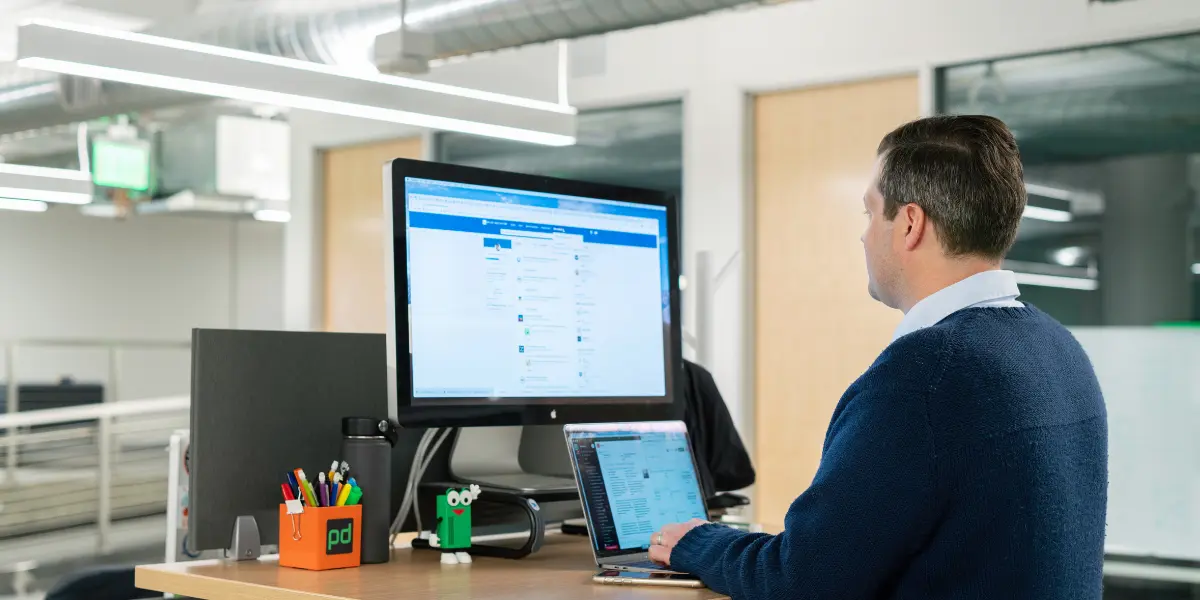LinkedIn is the go-to Social Network for most professionals and job-seekers. It’s understandable that some of us have apprehensions about setting yourself up – and it can also be unclear about what steps to take after you have created a profile.
In our previous article in the Getting going with LinkedIn series we covered the steps you should take to set up your own winning profile – if you missed that, you can check it out here. In this article we will focus on what to do once you are set up.
How to build a quality LinkedIn network
Build known connections
Starting to build your connections can seem daunting, so remember to start where you are comfortable – with your existing connections. LinkedIn actually gives you the option to import your trusted network through your email account. Although this may seem like a cause for concern first off, it’s actually a rather effective way of building a database of connections that you already know and trust. Just remember not to send the generic greeting – it’s far more personal and likely that people will accept your invitation if you personalise each one. LinkedIn’s handy “People You May Know” tab is also great way of discovering existing connections.
Building new connections
When building a network of professionals that you don’t know professionally, LinkedIn’s search tool will come in handy. It allows you to refine your search depending on geographical location and industry. However, exercise caution when requesting these – it’s a good idea to stick people in your wider network, such as people known by your connections, and make sure you find a mutual ground or provide a reason when doing this. Similarly, don’t just accept any connection requests, particularly people without a profile picture or any information. Try to establish your own set of rules for accepting new connections.
Regularly interact with your connections
Once you have a good network, it’s important to stay active and nurture your connections. For example, alongside posting your own content, be sure to comment and acknowledge that of others. This will help to start conversations and discussions and ultimately lead to a stronger network.
Join and participate in groups
Groups are a great way to extend your network. According to a survey by Lab42, 81% of LinkedIn users belong to a group and of these 52% actively participate in group discussions. When it comes to joining LinkedIn groups, specificity is key, as you will not get anything out of them unless you are part of discussions. It’s a good idea to choose no more than 5 or 6 groups so that you are able to keep up appearances. LinkedIn’s group search feature makes it easy for you to choose what is best for your network.
Stay active & post regularly
To keep a healthy network, you need to be posting actively and regularly. Great content choices are articles and content that is relevant to your industry, alongside your own point of view. In order to remain active it’s important that you do not just passively post content that others may find interesting – always do so while mentioning your views on the subject and encouraging others to share theirs. If you are great at writing content or have a great comment about something to do with your industry, the blog feature is a great way to get noticed.
It’s important to note that most profiles are active in the afternoon and mobile is more active in the evening – therefore, try to target your activity to fall during these times to get the most response. That said, every industry is different, so feel free to do a bit of research and post at different times to see what happens – you might be surprised.
LinkedIn is a powerful tool for building and maintaining your professional network. Remember that only half of the job is getting yourself set up. Once you are there, remain active and constantly update your profile, and you’ll be sure to see some great results!




